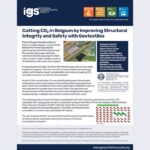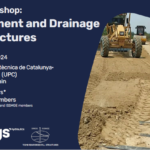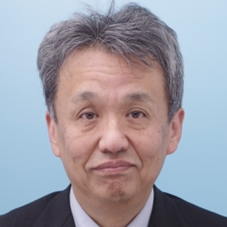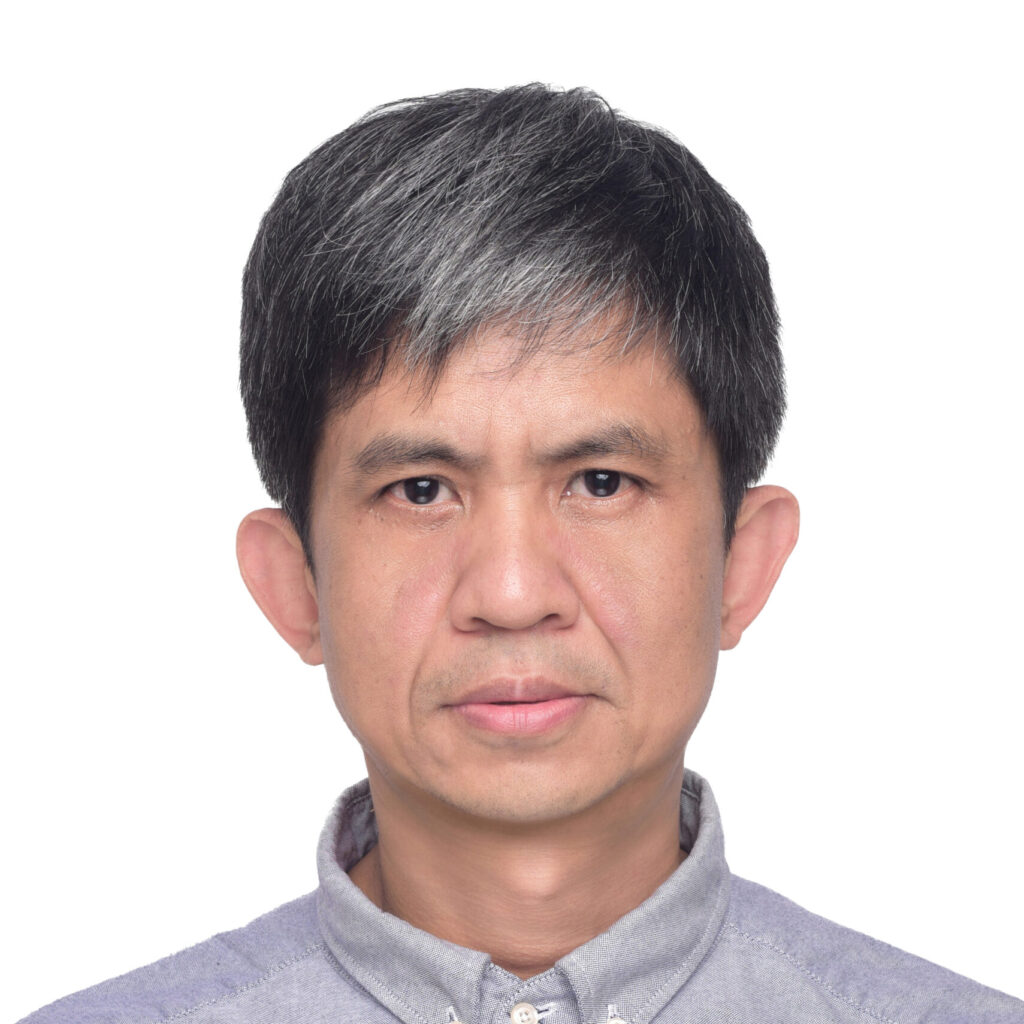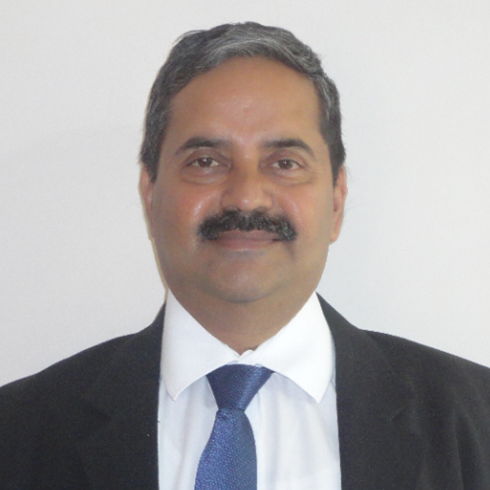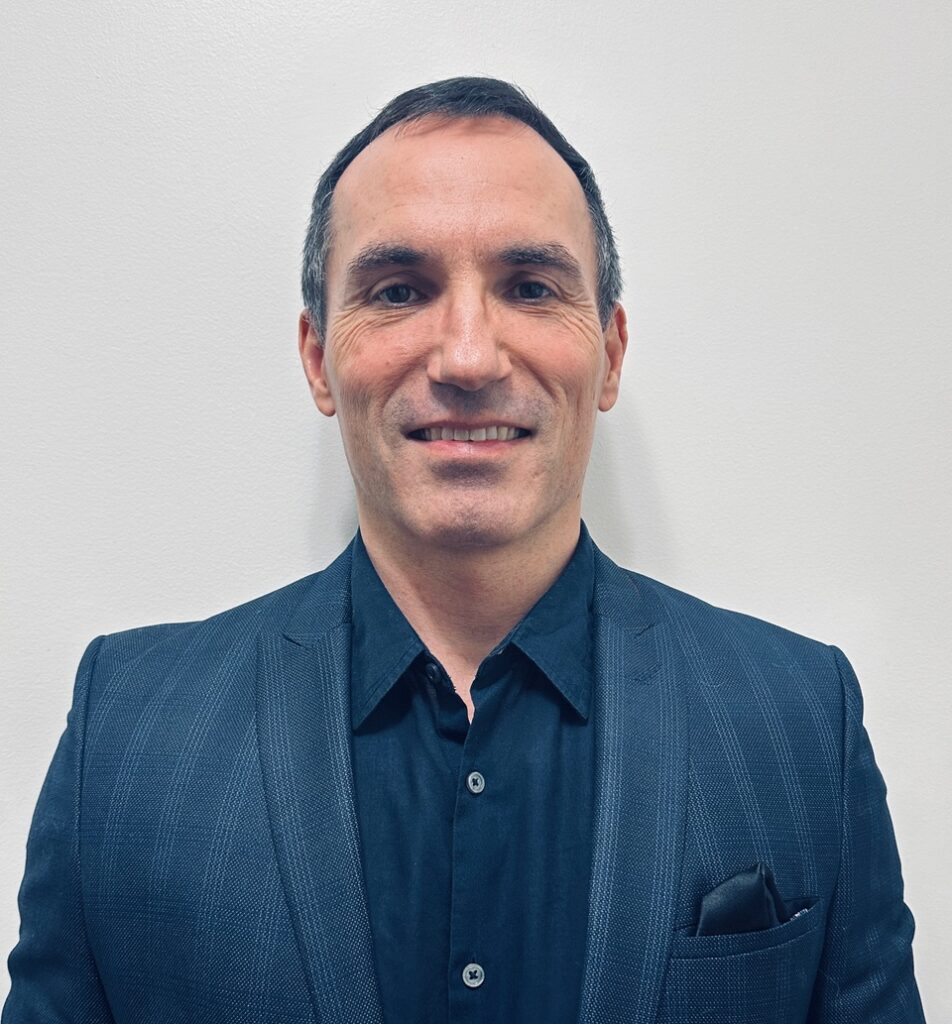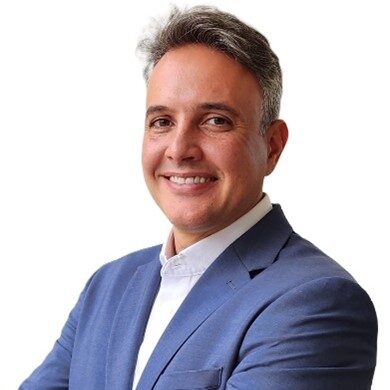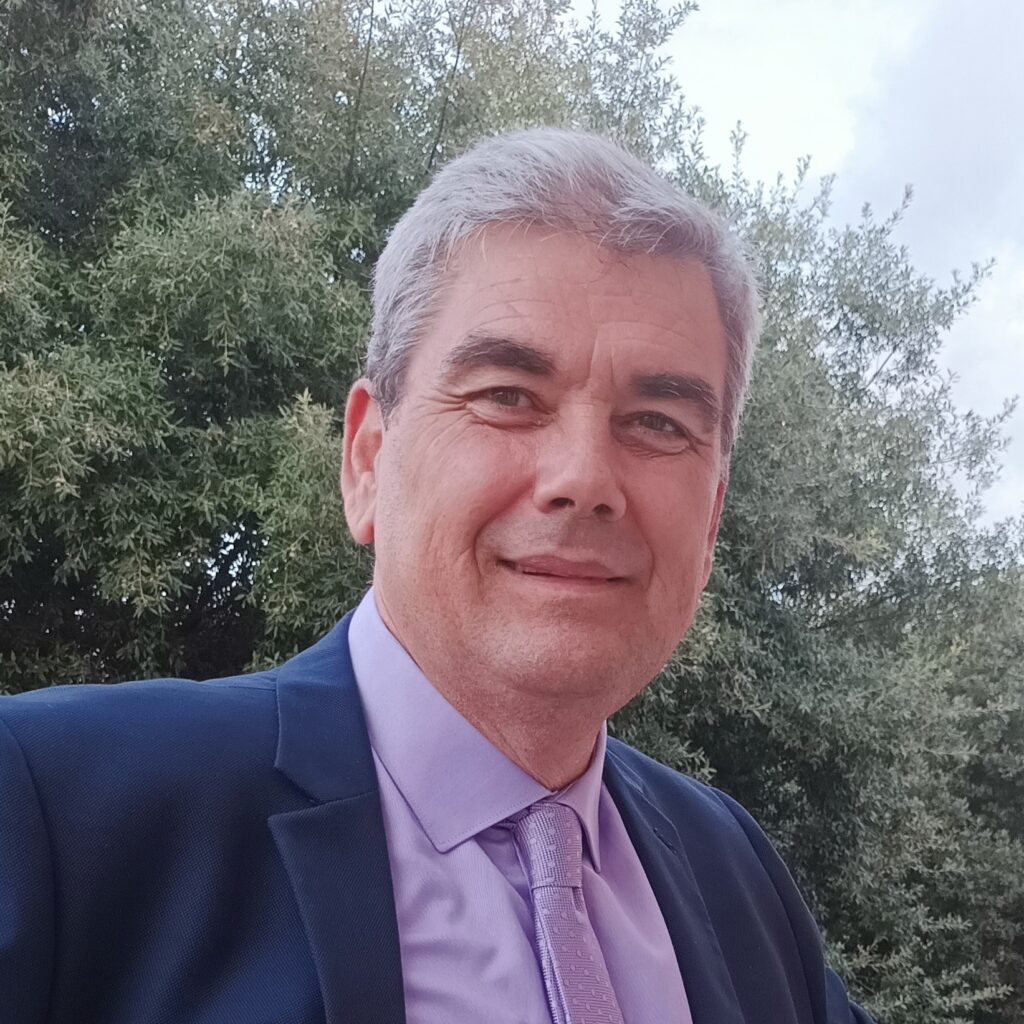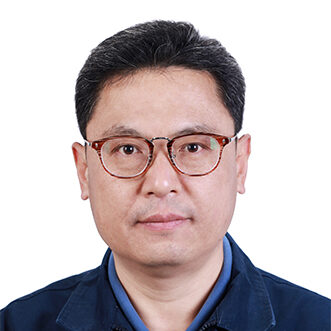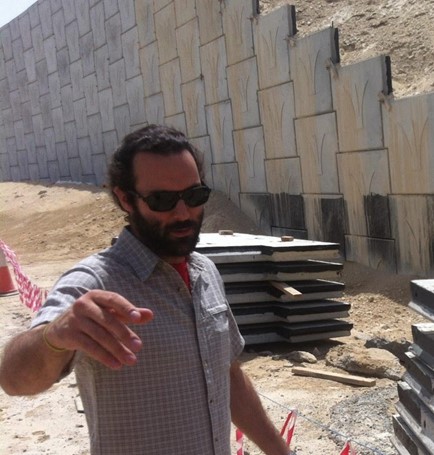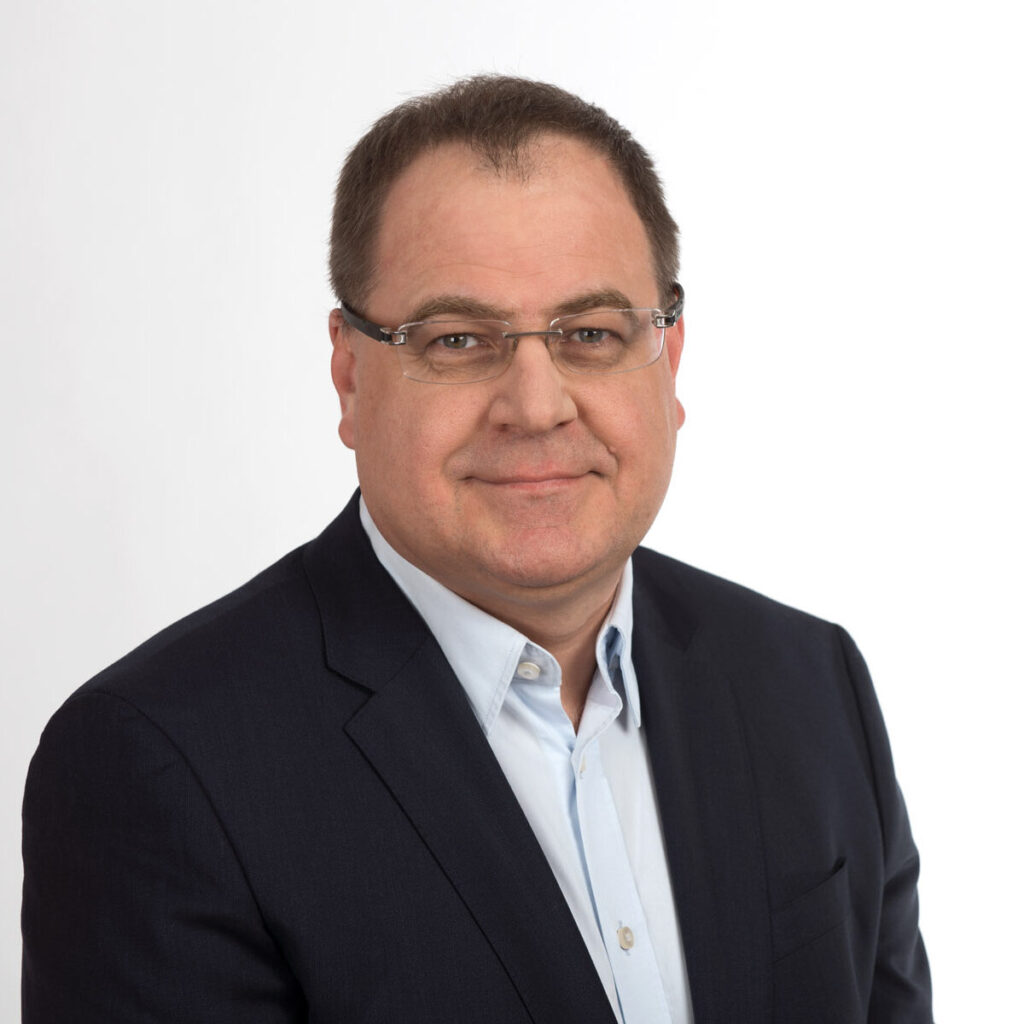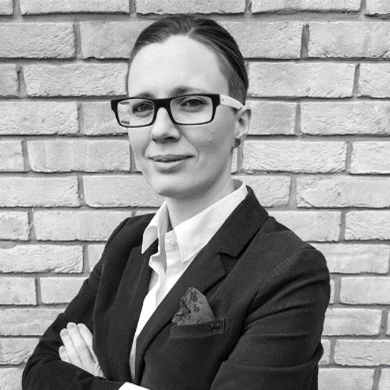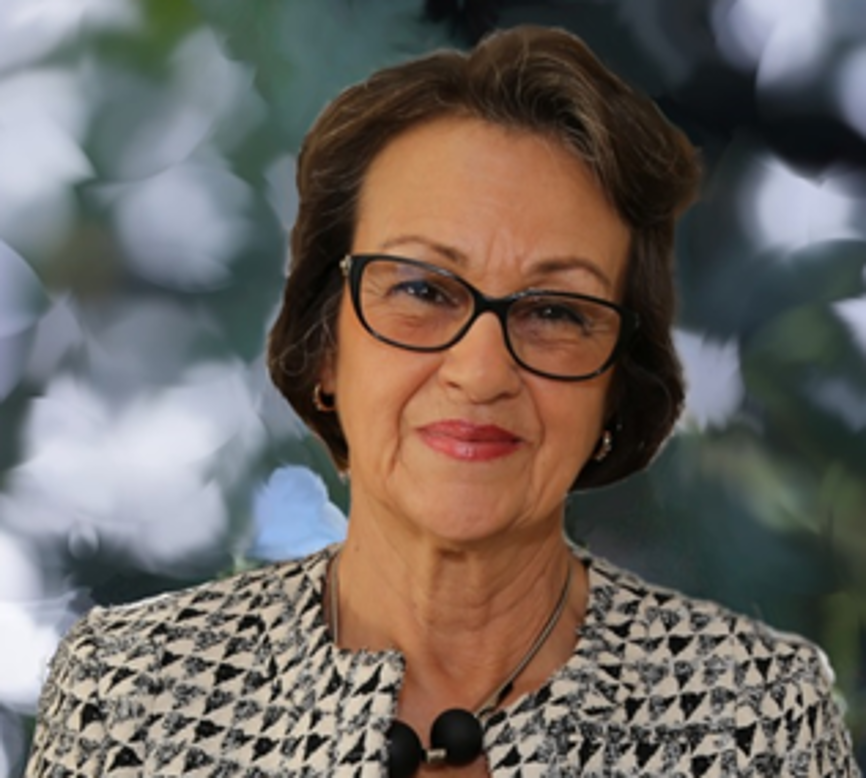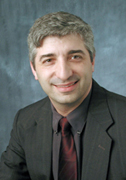 Dear IGS Member,
Dear IGS Member,
On March 13, 2011, the number of chapters of the IGS increased by approximately 10%. Specifically, during its recent meeting in Dallas, the IGS Council approved the creation of the Finnish, Pakistani, and Slovak chapters of the IGS. These new additions, which bring the total number of chapters of our Society to 34, provide good evidence of the healthy and continued growth of the IGS. We welcome the three new chapters to the IGS family!
The addition of every new chapter provides us with the opportunity not only to nurture the newcomer by extending our ongoing technical activities into new geographic areas, but also to stimulate the existing IGS chapters by implementing initiatives that will lead to the continued growth of the geosynthetics discipline. A good example is the recent opportunity to initiate a program aimed at providing educational material on geosynthetics to professors in universities of some of our youngest chapters. The IGS response to this need is expected to lead to a broad initiative focused on undergraduate education on geosynthetics. This initiative will certainly benefit young and mature chapters alike.
The concept of IGS chapters developed soon after the founding of the IGS on 10 November 1983. During its 27 years of existence, the number of IGS chapters has grown remarkably. Figure 1 shows the chronology of the formation of IGS chapters. As shown in the figure, the number of chapters has been increasing at a significantly high (and reasonably steady) rate of over one chapter per year (1.2 chapters per year, to be more precise). The concept of IGS chapters was introduced very early in the history of our Society, with Japan taking the initiative of forming the very first chapter in 1985. This initiative was soon followed by North America (NAGS) and the UK, which formed the first chapters in the Americas and Europe in 1986 and 1987, respectively. New chapters were continuously added to the IGS ranks and, by 1993 (the 10th anniversary of the IGS), a total of 10 chapters were already operating across Asia, Europe, and North America. By the end of the second decade in the life of the IGS, a total of 24 chapters had been formed (now in all continents). And in 2011, the number of IGS Chapters has just reached 34 as a result of a continued focus on increasing the presence of the IGS and of geosynthetics to all regions.
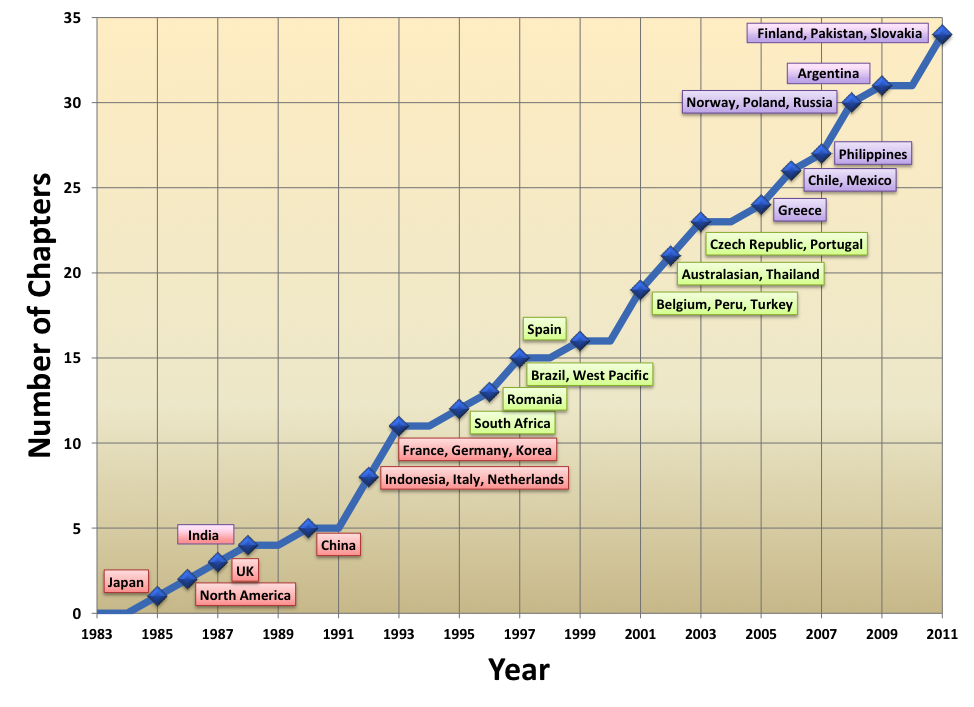
Figure 1: Chronology of the formation of IGS Chapters.
Figure 2 shows the world presence of the IGS in the form of IGS Chapters. As mentioned, during the first decade of the IGS, chapters were created in Western Europe, North America and Eastern Asia (countries shown in red in Figure 2). They probably correspond to regions in the world where the geosynthetics market is now mature regarding the now traditional applications involving geosynthetics. During the second decade of the IGS, new chapters spread out to the rest of the continents, including South America, Africa, and Oceania (countries shown in green in Figure 2). This second generation of chapters includes growing economies in the world where the geosynthetics industry is probably still finding its acceptance by governmental agencies but that now counts with a solid group of professionals educated on geosynthetics. Indeed, many of the most spectacular projects involving geosynthetics have been constructed in some of these countries. Finally, during the third decade of the IGS, new chapters have been formed in areas such as Eastern Europe and Latin America (countries shown in purple in Figure 2). This third generation of chapters includes countries where the geosynthetics market is mostly in emerging stages and where a technology transfer, which should be sensitive to local practices and economic conditions, may lead to a significant increase of the geosynthetics market.
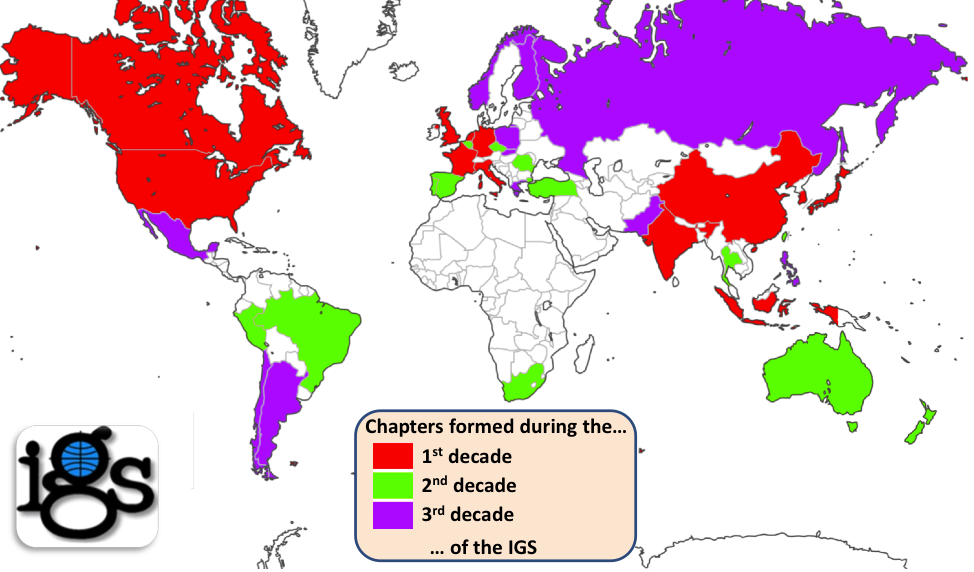
Figure 2: The chapters of the IGS
In summary, with our society now heading towards three decades of existence, the challenges and opportunities involving the dissemination of geosynthetics knowledge continue to be significant. Indeed, the role of the IGS chapters in this dissemination is expected to continue to grow and it is the intention of the IGS to tailor the assistance to the various chapters according to their specific needs.
The number of technical activities conducted by the many IGS chapters is, simply, impressive. Starting in 2008, new guidelines were developed to facilitate the communication and summary of the important chapter activities. The heart of this new approach is the completion by the IGS chapters of a new Standard Reporting Form. The Summary Report of the activities of IGS chapters conducted in 2009 is discussed in this issue of IGSNews by IGS Vice President Jones (please refer to page 4 of this issue). This is the year of structured chapter reporting and as such the second summary report. This has allowed a cross-cutting evaluation of the full body of IGS technical activities at international, regional and chapter levels. As in 2008, the 2009 chapter reports show a truly impressive number of technical activities. These activities include, to name a few, multi-lingual national conferences, educational programs aimed at regulators, and a healthy number of professional meetings. As indicated in the companion article, the overall level of activity is very high, as clearly illustrated by a total of 84 technical events reported by the chapters for 2009. This number exceeds the impressive number of 80 technical events reported for 2008, while being shy of the 88 technical events reported as planned by IGS chapters for 2010. It is clear that the IGS chapter activities will continue in a path of significant growth.
The impressive number of local activities reported by the chapters is complemented by their significant effort in organizing the international and regional conferences of the IGS. The role of IGS chapters is particularly visible in the organization of our regional conferences. The last cycle of IGS Regional Conferences included the First Pan-American Geosynthetics Conference (GeoAmericas 2008), held in Cancun, Mexico, the Fourth European Geosynthetics Conference (EuroGeo4) held in 2008 in Edinburgh, UK, the Fourth Asian Geosynthetics Conference (Geosynthetics Asia 2008) held in Shanghai, China, and the First African Geosynthetics Conference (GeoAfrica 2009) held in Cape Town, South Africa. We are now looking forward to the next cycle of IGS Regional Conferences, which are already scheduled to take place in Lima, Peru (GeoAmericas 2012), Valencia, Spain (EuroGeo5 in 2012) and Bangkok, Thailand (Geosynthetics Asia 2012). The organizers of each one of these regional conferences are diligently preparing their technical programs and are becoming ready to receive your (the IGS member’s) contributions. Please refer to the corresponding articles in this issue of IGSNews for additional information.
The Council Committees of the IGS Council include a group of Regional Activities Committees, the charge of which includes promoting the activities and presence of the IGS in a given region, helping with the formation of new IGS Chapters, assisting in the organization of regional conferences of the IGS, and facilitating the distribution in the region of material to promote technical and educational events that will benefit the geosynthetics discipline. Specifically, the IGS chapters are grouped at the IGS Council level into the African, Asian, European, and Pan-American Regional Activities committees. It should be emphasized that that these are open IGS committees. Accordingly, representatives of the IGS chapters, as well as individual and corporate members, are encouraged to participate in the meetings and activities of these committees. An overview of the most recent structure of IGS Operating Units (including Council Committees, Council Task Forces, and Technical Committees) is reported in a companion article in this issue of IGSNews (see page 8).
Ongoing initiatives being implemented at the IGS level directly benefitting the individual IGS Chapters include support for the development of online chapter membership web pages, nomination of chapter members in the various technical committees of the IGS, participation in the Student Awards program of the IGS, involvement in the technical program of the upcoming IGS Regional Conferences, and participation in some of the various ongoing educational initiatives of the IGS. For additional information of these various initiatives and how they can specifically benefit your chapter please contact the chair of your corresponding Regional Activities Committee or the IGS Secretariat Manager (IGSsec@GeosyntheticsSociety.org). The IGS chapters have been and will certainly continue to be very powerful arms of our Society to achieve our core purpose, which is “to provide the understanding and promote the appropriate use of geosynthetic technology throughout the world.”
All best regards,
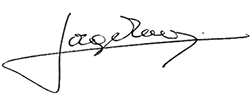
IGS President
tel: +1(512) 232 3595
e-mail: zornberg@mail.utexas.edu
Skype ID: jorgezor
Web site: www.ce.utexas.edu/prof/zornberg/



